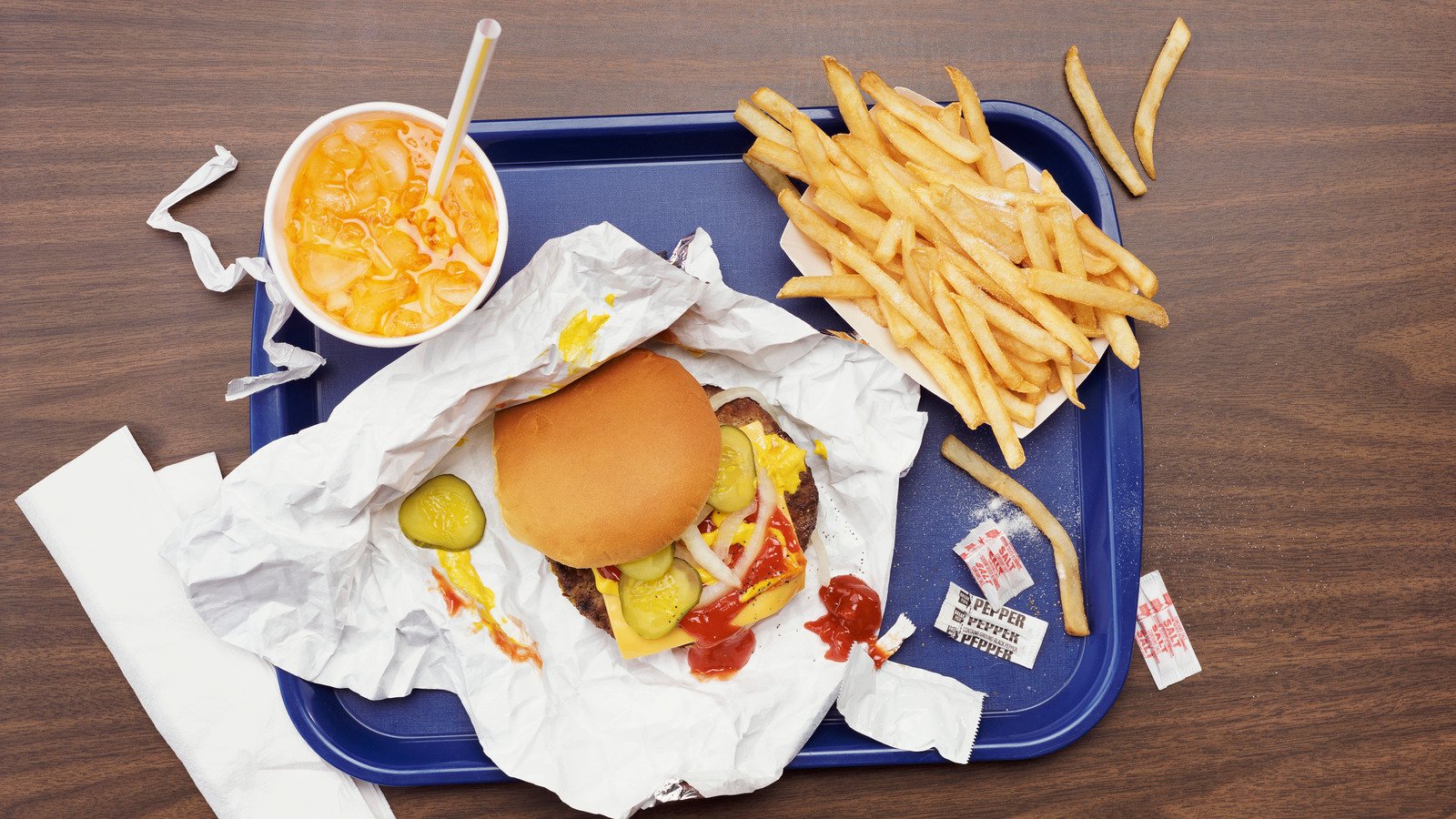The Shift in Fast Food: A Renaissance in Chain Dining
Fast food has long been synonymous with speed and affordability. However, as prices steadily rise, consumers are reevaluating their dining options. Fast food prices have surged dramatically, leaving many to wonder if it’s time to explore alternatives. In cities like New York, a Big Mac meal can cost nearly $14, a significant increase compared to just a few years ago. According to the U.S. Bureau of Labor Statistics, the limited service meal category, including popular chains like McDonald’s and Chick-fil-A, has seen price hikes exceeding 34% from 2019 to 2024, overshadowing the overall inflation rate of 23%. This inflation has prompted many to consider full-service chain restaurants as viable dining options.
Chain Restaurants Step Up Their Game
As fast food establishments grapple with rising prices and operating costs, chain restaurants are leveraging this situation to capture a broader customer base. For instance, in New York City, Applebee’s offers a classic burger and fries for about $15.99, which is competitively priced against fast food meals. Additionally, promotions like “two entrees and an appetizer for $25” positions Applebee’s as an appealing alternative for those seeking value.
Other familiar names are stepping up to the plate as well. Chili’s has introduced the Big Smasher Burger, a hearty meal that not only matches the iconic Big Mac in flavor but also comes at a lower price point. Their value meal, part of the “3 For Me” promotion, includes an appetizer and a drink for just $10.99. With a half-pound beef patty, the Big Smasher offers more substance than the traditional Big Mac, making it an attractive choice for budget-conscious diners.
What This Means for Consumers
As competition heats up between fast food and chain restaurants, consumers are the clear winners. With a recent advertising campaign, Chili’s emphasized their Big Smasher Burger as the "best $10.99 you can eat," cleverly critiquing fast food options. Similarly, McDonald’s has launched new value meals to remain competitive, such as offering a McDouble or McChicken with fries and a drink for just $5. This response highlights how fast food chains are adapting to the changing economic landscape by emphasizing value and affordability.
Despite rising costs, fast food sales have shown resilience; McDonald’s reported an 8.7% increase in sales from 2022 to 2023. However, the reality remains that consumers have limits on how much they are willing to spend on meals such as the Big Mac. The growing competition from full-service chain restaurants not only indicates a reaction to inflation but also promises better deals and increased value for diners.
Dining Choices: Making the Best Decision
For diners, the current landscape presents a variety of choices that cater to different preferences and budgets. Fast food chains are endeavoring to sustain their customer base through discounts and limited-time offers, while chain restaurants are capitalizing on the opportunity to attract fast food patrons seeking greater value.
The evolving restaurant scene emphasizes a shift towards quality and satisfaction, rather than merely convenience. Families and individuals looking for affordable meal options can now weigh the benefits of dining in a full-service restaurant over a fast food establishment, all without breaking the bank.
Final Thoughts on Dining Trends
The food industry’s shift illustrates a broader economic trend, as diners reassess their choices amidst rising prices. Fast food remains a convenient option, but chain restaurants are increasingly becoming a strong contender due to their promotions and value offerings. The competition promises more than just sustenance; it offers consumers a chance to enjoy better meals at reasonable prices. As this culinary landscape transforms, consumers should take advantage of the evolving dining options that align with both their taste and budget preferences.






































